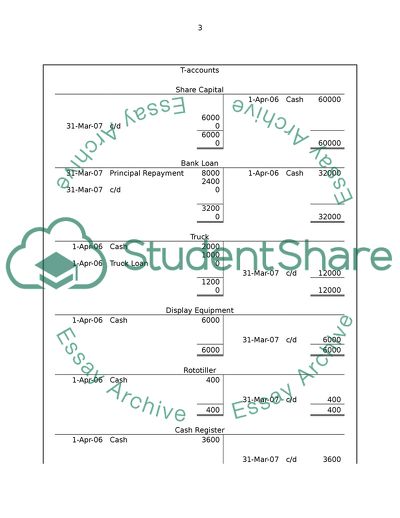Cite this document
(Financial Management Assignment Example | Topics and Well Written Essays - 2750 words, n.d.)
Financial Management Assignment Example | Topics and Well Written Essays - 2750 words. https://studentshare.org/finance-accounting/1773644-financial-management
Financial Management Assignment Example | Topics and Well Written Essays - 2750 words. https://studentshare.org/finance-accounting/1773644-financial-management
(Financial Management Assignment Example | Topics and Well Written Essays - 2750 Words)
Financial Management Assignment Example | Topics and Well Written Essays - 2750 Words. https://studentshare.org/finance-accounting/1773644-financial-management.
Financial Management Assignment Example | Topics and Well Written Essays - 2750 Words. https://studentshare.org/finance-accounting/1773644-financial-management.
“Financial Management Assignment Example | Topics and Well Written Essays - 2750 Words”. https://studentshare.org/finance-accounting/1773644-financial-management.


